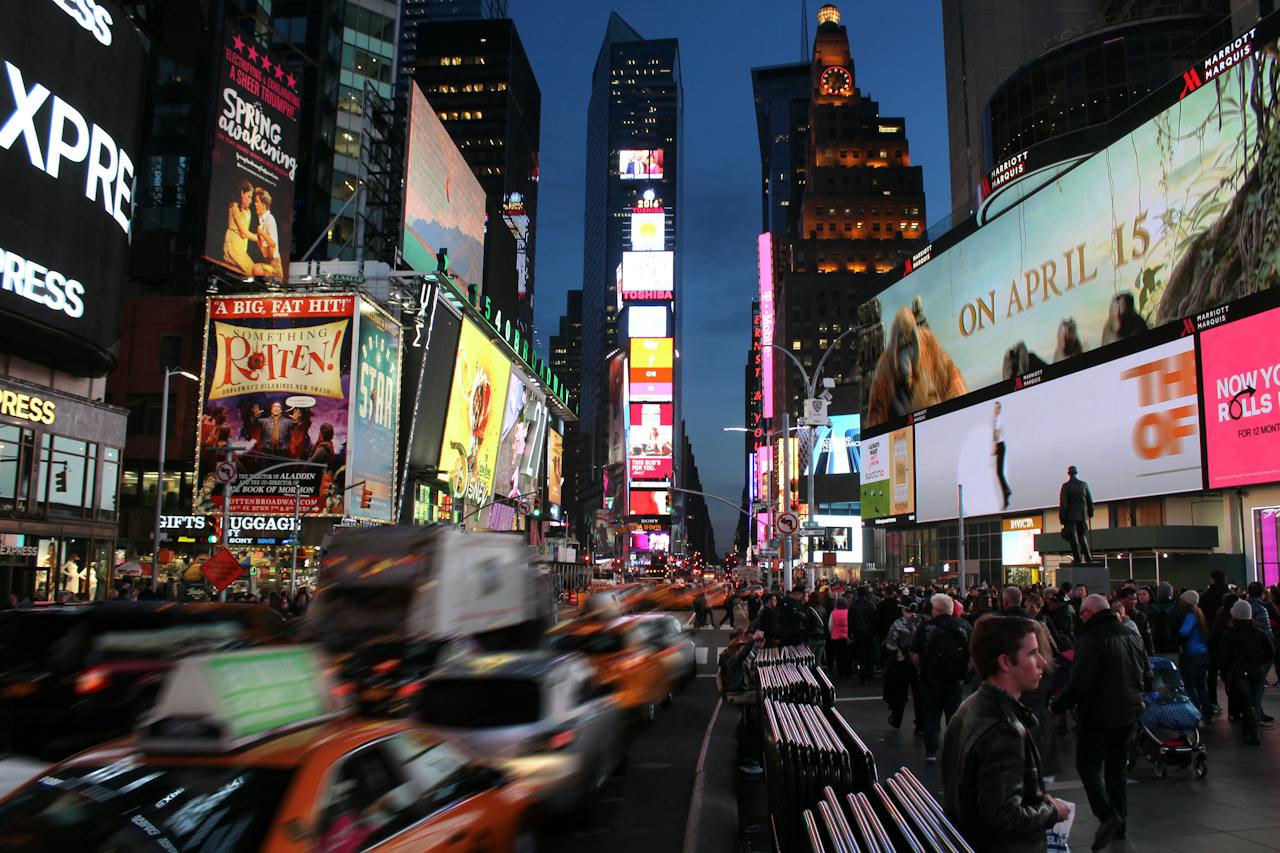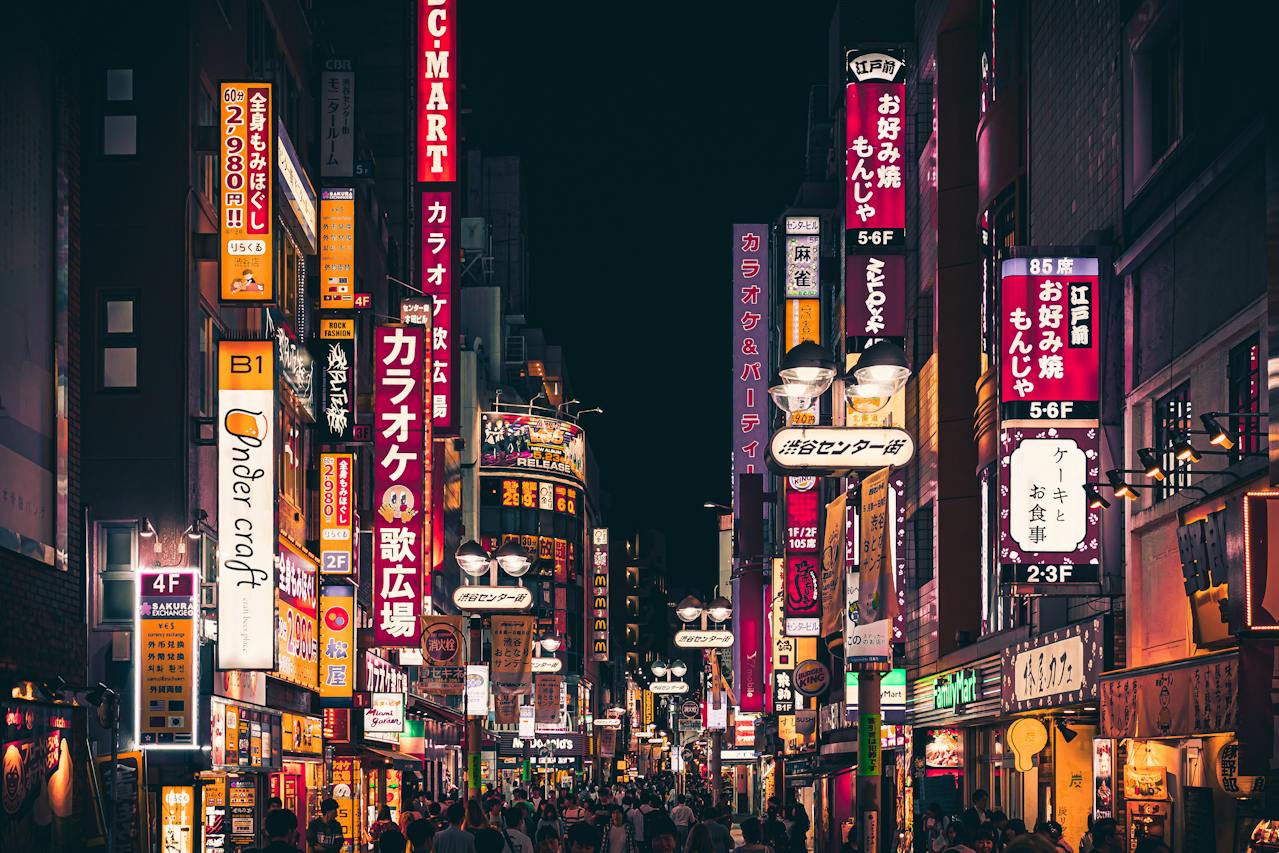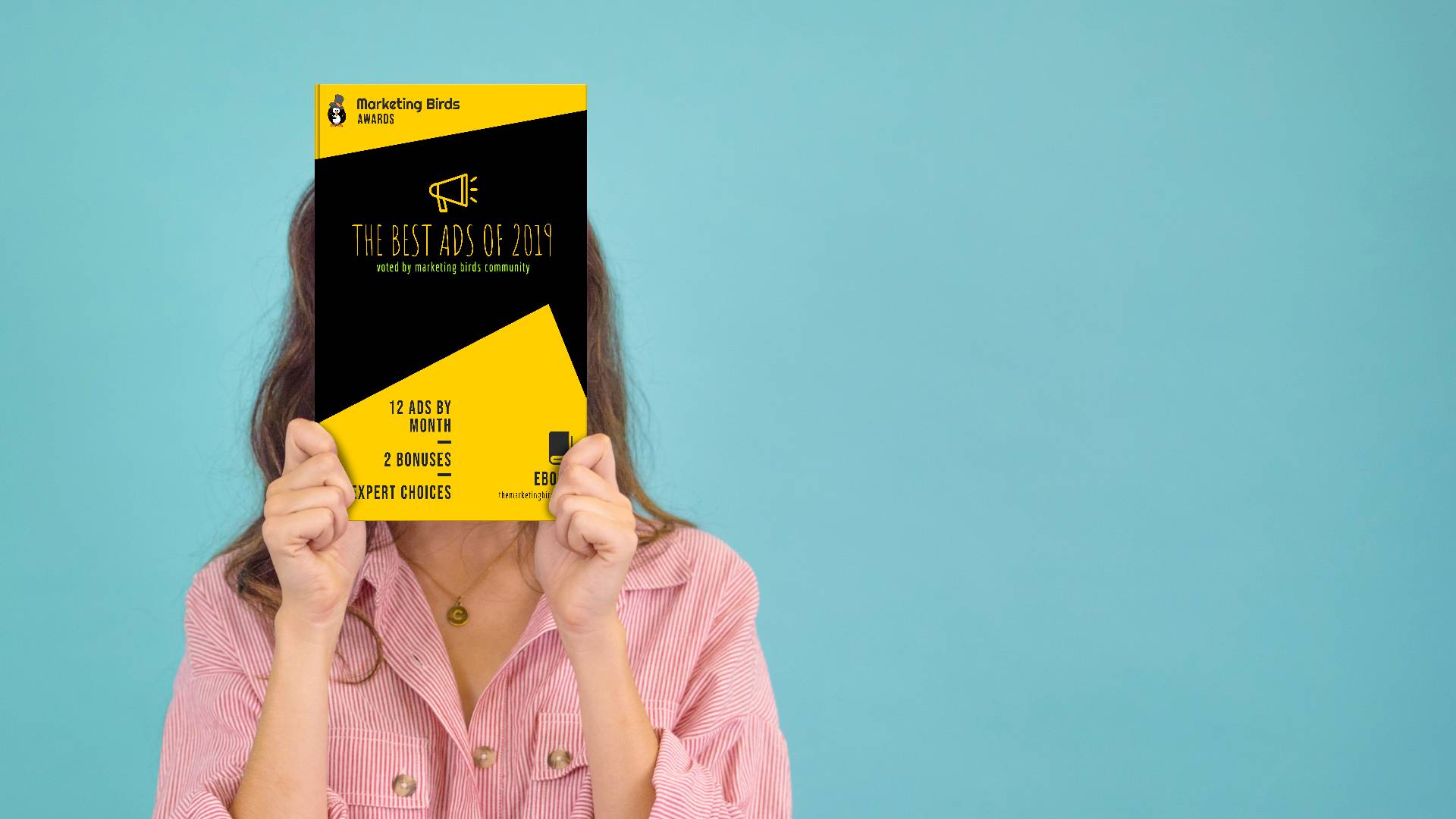Billboards are a ubiquitous presence in modern society, providing a constant barrage of information to passersby. However, not all billboards are created equal, and some are more effective than others in capturing the attention of potential customers. This is where the psychology behind effective billboard design comes into play.
Understanding the Impact of Location and Size
Billboards are a popular form of Out-of-Home (OOH) advertising that can be seen by millions of people every day. The psychology behind effective billboard design is a complex topic that involves a variety of factors, including location and size.
Strategic Placement in High-Traffic Areas
One of the most important factors to consider when designing a billboard is its location. Billboards that are strategically placed in high-traffic areas are more likely to be seen by a larger number of people. This is because people tend to spend more time in areas where there are a lot of other people, such as busy intersections, highways, and shopping districts.
When choosing a location for a billboard, it is important to consider the demographics of the area. For example, if the target audience is young adults, then a billboard near a college campus or popular nightlife area may be more effective.

The Role of Billboard Size in Visibility
Another important factor to consider when designing a billboard is its size. Larger billboards are generally more visible from a distance and can be seen by more people. However, smaller billboards can be effective in areas where space is limited or where the target audience is near the ad.
In addition to size, the placement of the billboard can also impact its visibility. For example, a billboard that is placed above eye level may be less effective than one that is placed at eye level. It is important to consider the viewing angle of the target audience when designing a billboard.
The Psychology of Color and Imagery in Billboard Design
Billboards are an effective way to grab the attention of passersby and convey a message quickly. However, the design of the billboard is just as important as the message itself. The colours and imagery used in the design can have a significant impact on how the audience perceives the message. In this section, we will explore the psychology of colour and imagery in billboard design.
Colour Psychology and Brand Recognition
Colours have a powerful effect on our emotions and can influence our behaviour. When it comes to billboard design, colours are essential in conveying the message and creating brand recognition. Different colours evoke different emotions, and it is essential to choose colours that align with the message and the brand.
Red, for example, is a colour that evokes excitement and passion. It is often used in food and beverage advertisements to stimulate appetite. Blue, on the other hand, is a calming colour that is often used in healthcare and beauty advertisements. Yellow is associated with happiness and optimism and is often used in advertisements for children's products.
In addition to evoking emotions, colours can also create brand recognition. For example, the colour red is often associated with Coca-Cola, and the colour blue is associated with IBM. Using consistent colours in advertisements can help create brand recognition and make the brand more memorable.
Using Imagery to Evoke Emotions
Imagery is another essential element in billboard design. The right image can evoke emotions and create a lasting impression. Images can tell a story, create a mood, or convey a message.
For example, an advertisement for a travel company could use images of exotic locations to create a sense of wanderlust and adventure. An advertisement for a charity could use images of people in need to evoke empathy and encourage donations.
It is essential to choose images that align with the message and the brand. The wrong image can create confusion and turn off potential customers. It is also important to consider the placement of the image on the billboard. The image should be large enough to be seen from a distance but not so large that it overwhelms the message.
Crafting a Clear and Memorable Message
Simplicity and the Power of a Clear Message
When it comes to billboard design, less is often more. A clear and concise message is more likely to be remembered by viewers than a cluttered and confusing one. The subconscious mind is constantly processing information, so a simple message that can be quickly and easily understood is more likely to stick with the viewer.
To craft a clear message, it's important to focus on the main point or benefit that the product or service offers. The message should be straightforward to read, with a font that is large enough to be seen from a distance. The use of bold text or contrasting colours can also help draw attention to the message.
Making the Message Stick: Techniques for Memorability
Crafting a clear message is only half the battle. To make it truly effective, the message must also be memorable. Several techniques can be used to help the message stick in the viewer's mind.
One effective technique is the use of repetition. Repeating the message in different ways or through different mediums can help reinforce it in the viewer's memory. Another technique is the use of humour or emotion. If the message can evoke a strong emotional response, it is more likely to be remembered.
Finally, the use of visuals can also help make the message more memorable. A striking image or graphic can capture the viewer's attention and help reinforce the message. However, it's important to ensure that the visuals do not detract from the message or make it more confusing.

The Influence of Technology on OOH Advertising
The world of outdoor advertising has evolved with the advancements in technology. The use of digital billboards and interactive experiences has revolutionized the way OOH ads are displayed and consumed.
Digital Billboards and Interactive Experiences
Digital billboards are a popular choice for advertisers looking to grab the attention of consumers. These displays are generally built with an LED screen and use digital technology to display high-quality images and videos, making them more eye-catching than traditional billboards. Additionally, digital billboards allow for multiple ads to be displayed on one screen, allowing for more efficient use of advertising space.
Interactive experiences are another way technology has influenced OOH advertising. These experiences engage consumers by allowing them to interact with the ad. For example, some billboards have touch screens that allow consumers to play games or enter their information to receive a discount code.
The Evolution of Outdoor Advertising with Tech Advances
The evolution of outdoor advertising has been driven by technological advancements. In the past, OOH ads were limited to static billboards and posters. However, with the rise of digital displays, advertisers can now create dynamic and engaging ads that capture the attention of consumers.
Moreover, online ads have also influenced OOH advertising. Advertisers can now use data from online ads to create targeted OOH ads that are more likely to resonate with consumers.
Maximizing Engagement Through Design and Creativity
When it comes to billboard design for out-of-home (OOH) ads, capturing the attention of passersby is crucial. A well-designed billboard can make a lasting impression on a viewer and even lead to increased brand recognition and sales. In this section, we will explore how creativity and design elements can be leveraged to maximize engagement with OOH ads.
Leveraging Creativity to Capture Attention
One of the key ways to capture the attention of viewers is through creativity. A creative and eye-catching billboard can stand out from the crowd and draw in viewers. This can be achieved through the use of bold colours, unique imagery, and attention-grabbing slogans or taglines.
For example, an OOH ad for a coffee brand could feature a large image of a steaming cup of coffee with the tagline "Wake up and smell the coffee" in bold letters. This simple yet effective design can quickly capture the attention of viewers and communicate the brand's message.
Design Elements that Drive Engagement
In addition to creativity, several design elements can drive engagement with OOH ads. These include:
- Contrast: Using contrasting colours or images can make a billboard stand out and draw in viewers.
- Simplicity: A simple and clean design can be more effective than a cluttered or busy one, as it allows viewers to quickly understand the message.
- Hierarchy: Placing the most important information or image at the top of the billboard can ensure that viewers see it.
By incorporating these design elements into their billboard designs, advertisers can increase engagement and make a lasting impression on viewers.

Understanding Audience and Context
To create effective billboard designs for out-of-home (OOH) ads, it is crucial to understand the target audience and the context in which the ad will be displayed. This section will explore how analyzing the target audience and contextual relevance can help create more impactful billboard designs.
Target Audience Analysis for Effective Messaging
The first step in creating an effective billboard design is to identify the target audience. This involves understanding the demographics, psychographics, and behaviours of the people who are most likely to see the ad. Demographic factors such as age, gender, income, and education can help determine the tone and style of the ad. Psychographic factors such as values, beliefs, and personality traits can help identify the emotional triggers that will resonate with the audience.
Once the target audience has been identified, it is essential to tailor the messaging to their specific needs and interests. For example, if the target audience is young adults interested in fitness, the ad could feature a bold and energetic design with a message that promotes the benefits of exercise.
Contextual Relevance in Outdoor Ad Placement
Contextual relevance is another critical factor to consider when designing billboards for OOH ads. The context in which the ad will be displayed can influence its effectiveness. For example, an ad for a new car model may be more effective if displayed on a busy highway where drivers are more likely to be in the market for a new vehicle.
Billboard placement should also consider the surrounding environment. For instance, an ad for a luxury watch brand may be more effective if placed in an affluent neighbourhood or near high-end retail stores. The design of the billboard should also take into account the surrounding environment to ensure that it stands out and captures the attention of passersby.
In conclusion, understanding the target audience and contextual relevance are critical factors in creating effective billboard designs for OOH ads. By tailoring the messaging and design to the target audience and considering the context in which the ad will be displayed, marketers can create more impactful and memorable ads that resonate with customers.
Building Brand Loyalty Through Emotional Connections
Finally, one of the most important factors in building brand loyalty is creating emotional connections with the audience. Effective billboard design for OOH ads can help create these connections by triggering emotional responses that resonate with the viewer.
Emotion plays a crucial role in buying decisions. Studies have shown that people tend to make purchasing decisions based on emotions rather than logic. By creating engaging experiences that elicit positive emotional responses, brands can increase the likelihood of building brand loyalty and ultimately driving sales.
To create emotional connections, billboard designs should aim to evoke feelings of joy, excitement, nostalgia, or even empathy. Bold, eye-catching visuals combined with clever copy can help create a memorable experience for the viewer.
It's important to note that emotional connections don't happen overnight. Consistency in messaging and visual branding is key to building a strong emotional connection with the audience. By consistently delivering engaging and emotionally resonant OOH ads, brands can build a loyal following that will continue to choose their products or services over competitors.
Emotional connections are essential to building brand loyalty and driving sales. Effective billboard design for OOH ads can help create these connections by triggering emotional responses that resonate with the viewer. By consistently delivering engaging and emotionally resonant OOH ads, brands can build a loyal following and increase the likelihood of driving sales.


